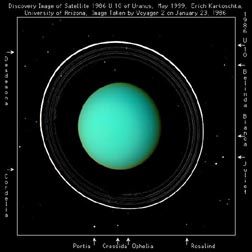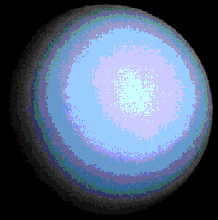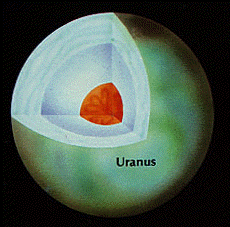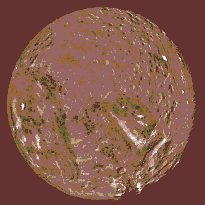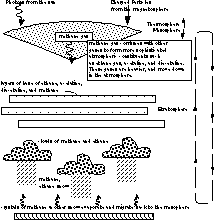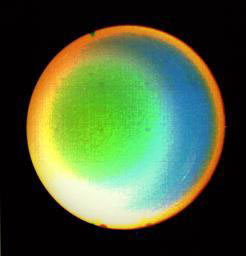Uranus Image List

This is the globe of Uranus. (230K GIF)
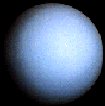
Another image of Uranus. (80K GIF)
Go back to Mars
, Pluto,
Mercury,
Saturn,
Neptune,
Venus,
Moon,
Earth
,
Jupiter,
Asteroids,
Comets,
Sun
,
Missions,
Astrophysical Objects

This is another crescent of Uranus. (39K GIF) (Courtesy of Aris Multimedia
Entertainment, Inc. 1994) 
This is another crescent of Uranus. (139K GIF)
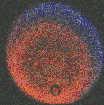
This is a false color view of Uranus. (67K GIF)
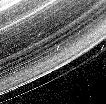
This is an image of the Epsilon ring on Uranus. (63K GIF)
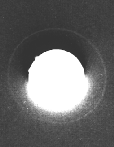
This is another image of the Epsilon ring on Uranus. (141K GIF)

This is a false color image of its rings. (80K GIF)

This is another false color image of its rings. (217K GIF)

This is an image of Cordelia and Ophelia and rings. (262K JPEG)

This is an image of the atmosphere features and its rings taken by the
Hubble Space Telescope. (49K JPEG)
This is a montage of Uranus and Miranda. The rings were added by an
artist. (267K GIF)
Satellites

This is an image of Puck. (6K GIF)
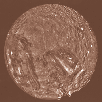
This is an image of Miranda. (150K GIF)

This is an image of Miranda's surface called the chevron. (328K GIF)
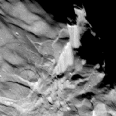
This is an image of Miranda's ridges and valleys. (58K GIF)
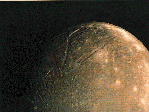
This is an image of Ariel. This satellite has many craters. (302K GIF)

This is another image of Ariel, showing a complex array of valleys and
impact craters. (27K JPEG) 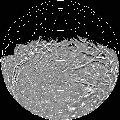
This is a mosaic of Ariel created from Voyager images. (192K JPEG)
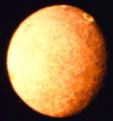
This is a color image of Umbriel with low resolution. (49K JPEG)

Another image of Umbriel. (28K GIF)
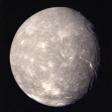
This is an image of Titania. (22K JPEG)

This is another image of Titania. (133K GIF)

This is another image of Titania. (57K JPEG)
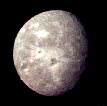
This is an image of Oberon. (57K GIF)
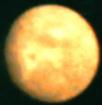
This is a color image of Oberon with low resolution. (62K JPEG)





